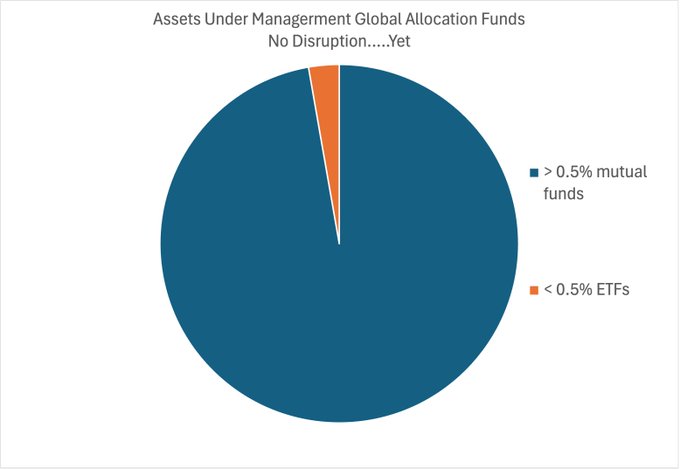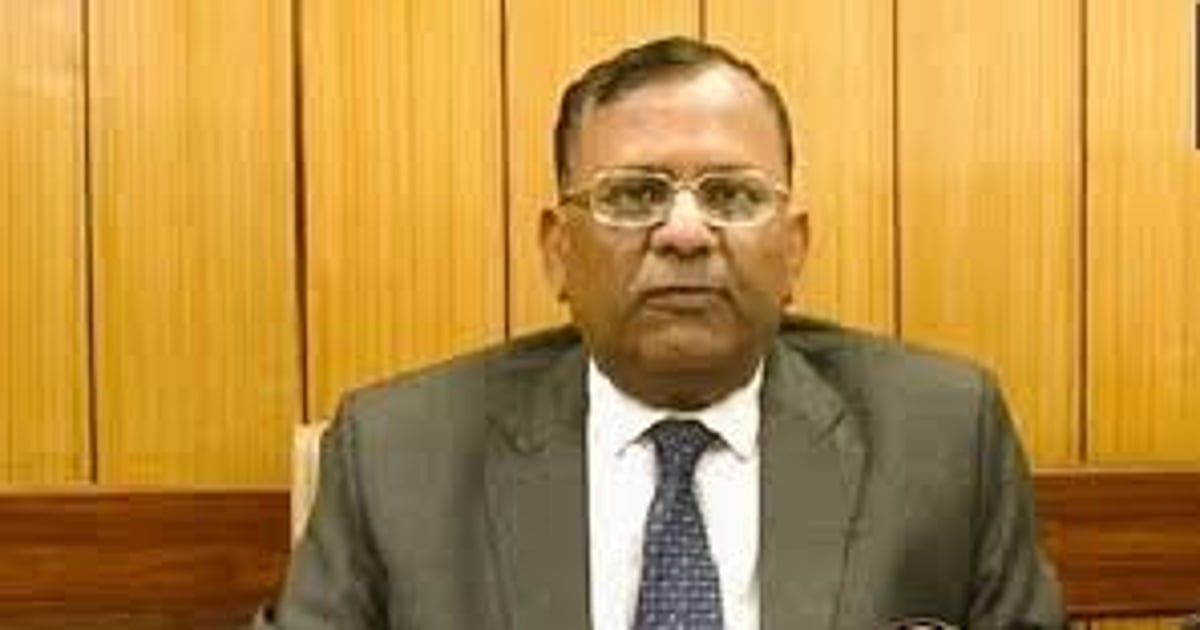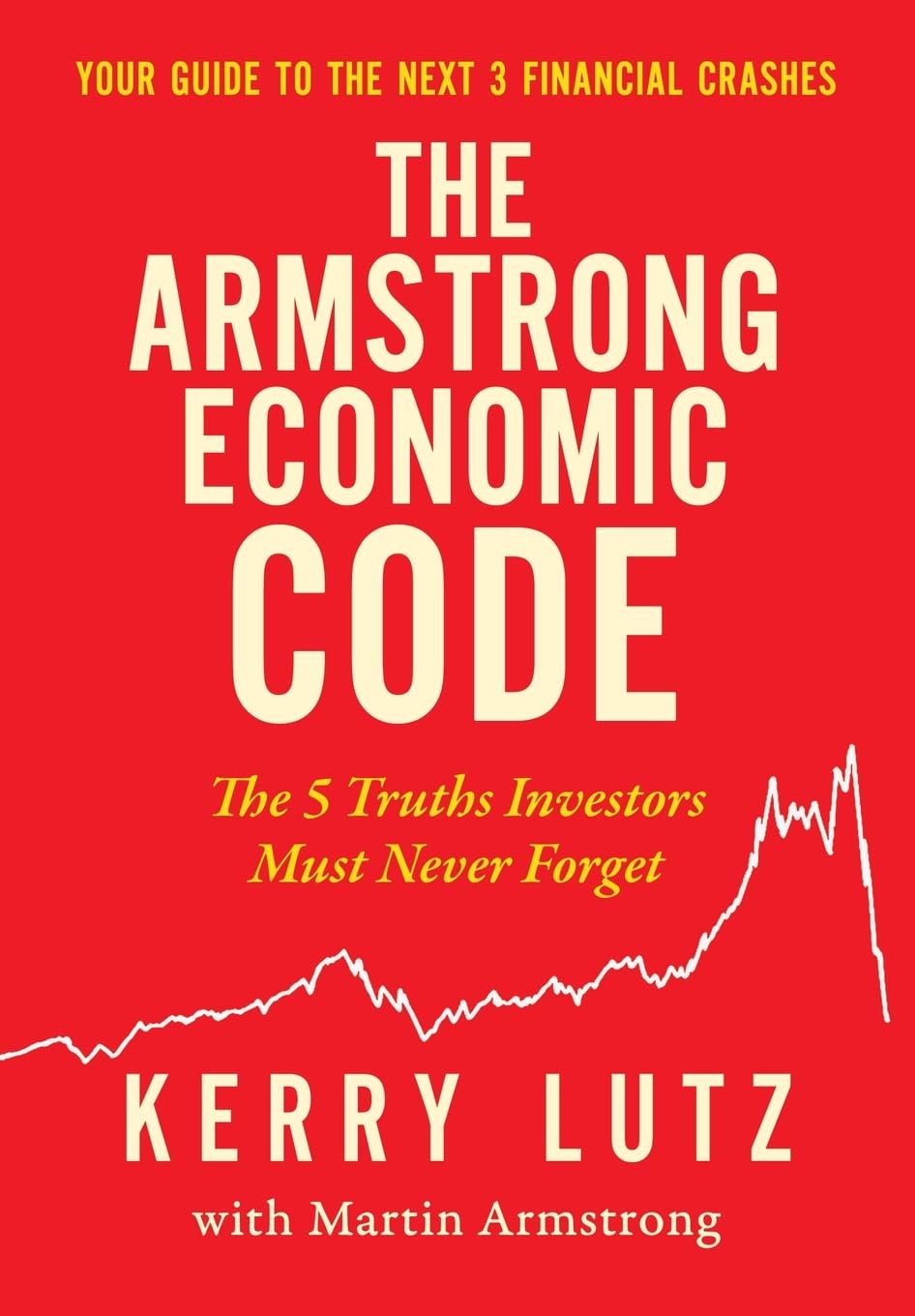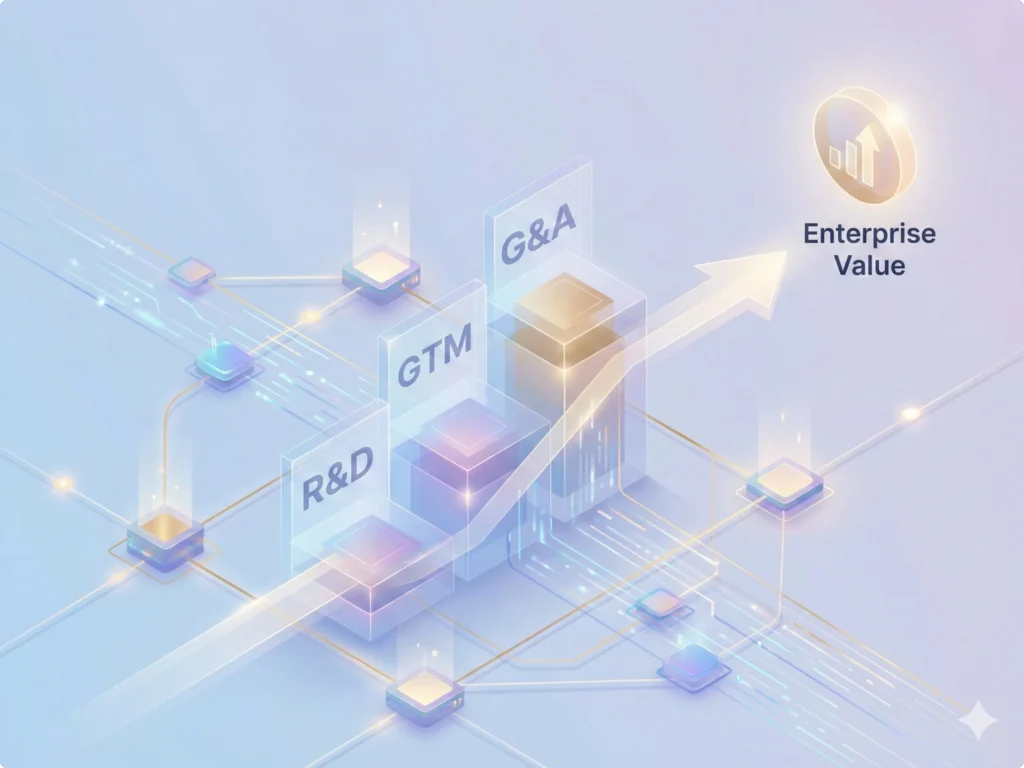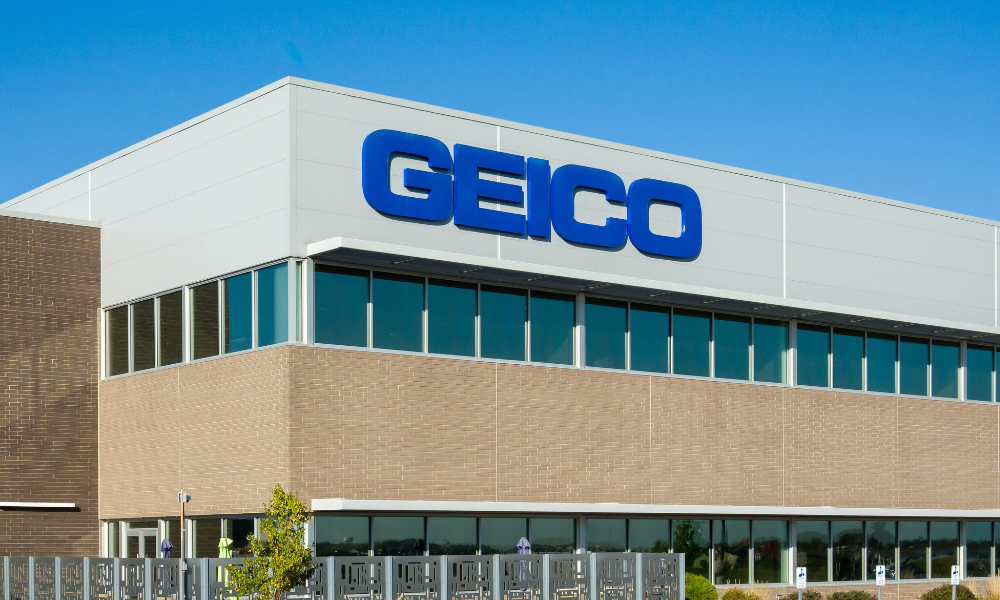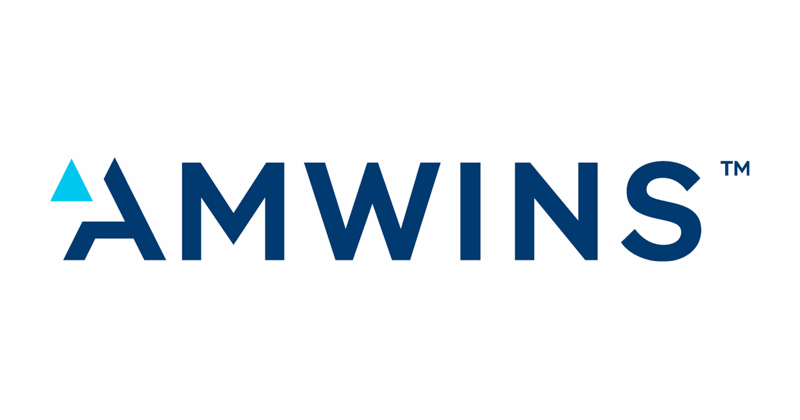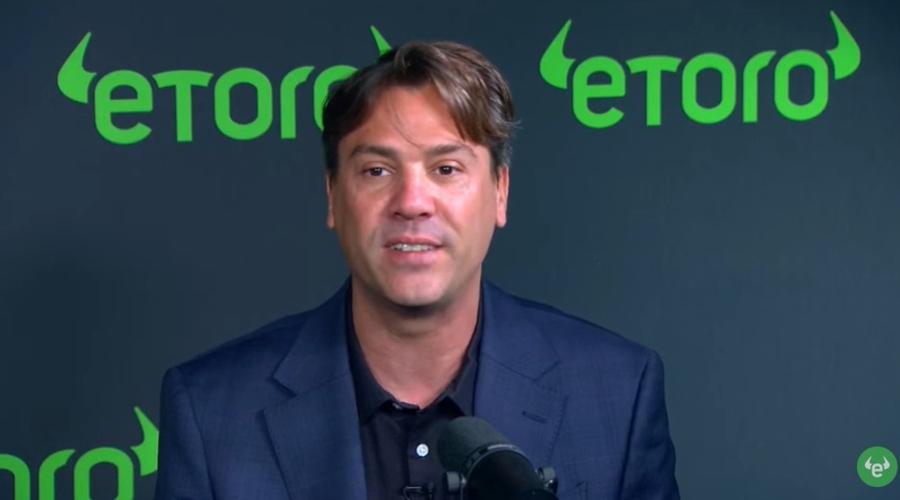Why this bombshell of a resignation with just four months to go?
As per regulations, three of us were required to step down no later than December 31, which is our chairman, myself and Dipak Gupta. We were also supposed to submit our application for the CEO succession and the chairman. With a view to make succession smoother, I thought I must resign. The timing of the decision is also keeping in mind that the financial year was over. All the responsibilities I had were over. It’s been a 38-year journey from the office near Fountain (in Mumbai) in a 300-square feet workplace with three people. It was time to move on.
But why in September when your term is till December?
The sequencing was also important. I also wanted to share today what we have formally done. We have submitted our applications for the (new) CEO and chairman well in time. For the CEO, we have submitted an application with two names in order of priority as required by the Reserve Bank of India (RBI) and also for the non-executive chair. Technically, we were all in transition from April 2021. So, you can ask the question both ways. You can ask the question why four months early or 20 months late.
In a journey, it is important to move on. My eldest son is getting married in November and I have personal and family commitments. It was so close to the end of my tenure that it felt better to honourably step aside in good time rather than hankering till the last day.
You fought to keep your shareholding in the bank. What are your thoughts on regulations on promoter holdings in banks?
As a regulated entity, I would fundamentally go by the regulations laid down by the regulator. That’s a fact. As private citizens we can have different perspectives. Having been the CEO of a regulated entity I would say that I respect decisions of the regulators and the regulations, and the purpose of doing this is to be well within the scope and the framework of regulations as were laid down in April 2021. I am very, very focused on ensuring that the institutional interest of the Kotak Mahindra Bank is paramount in my mind.
It has been 38 years with Kotak. What next?
My role is clearly that of a non-executive director in both letter and spirit. I just want to make that clear. I also want to clarify one thing that this decision to step down is my decision and has not been taken under pressure from anybody. Till now my role was threefold — a significant shareholder, board member, and a manager. Now my role as a manager has ceased but my role as a board governance member and a significant shareholder of this institution is very much intact.
The terms of the three of you were coming to an end at the same time. What are you gaining by stepping down ahead of the other two?
The perception of the market was of a significant overhang of three of us going away at the same time. So, it is important to give a signal to the investors that the institution is strong. The institution has resilience, and depth. Founders may go but the institution will continue to grow and flourish. It is an important signal that the institution will continue to grow after Kotak has gone. In this four-month period we await RBI’s approval for our recommendations for CEO. From January, the CEO recommended by the board will take charge after getting the RBI nod.
As a significant shareholder and non-executive director, what kind of person do you want as a successor for Kotak Mahindra Bank?
I am looking at what Kotak Mahindra Bank did in the last 38 years. It can grow much faster in the next 38 years. Institutions are stronger than any individual. I’m a great believer in institutions over individuals. That is the true essence of institution building. And what one creates, it must outlive the individual. This has been very much in my mind. It is also a moment of nostalgia. It feels like the other day when we opened a 300-square feet office and before you know it, 38 years are done.
What role do you see your son playing in the bank?
Jay Kotak is a professional. It is up to the bank board and the management to know what is appropriate. That’s how I believe an institution should be built.
If you were to pick some of the greatest moments, what would those be?
I think one of the great moments was when we were able to get Goldman Sachs to partner with us in India. I still recollect in the mid-90s, it was Goldman Sachs’ first joint venture (JV) anywhere in the world. We were very passionately Indian, and we wanted to learn from the international partners. At some point it came to an end and we bought back our JV. We remained friends with them. At this stage all our businesses are owned 100%. I feel a sense of pride that if you take the top five banks in India, we are the only majority Indian-owned lender among them. I value creating a long-term Indian institution.
Why did you choose Goldman as a partner?
I remember my first trip to the US, and I saw the JP Morgan, Goldman Sachs of the world, and I said why can’t we in India build institutions like these started by individuals who have names on the board, and that is in a way our journey. I think the journey has a lot of legs. Kotak Mahindra Bank has phenomenal strength and resilience for our future. JP Morgan is long dead and gone but the institution stands and that is really what I call legacy and would love to see how Kotak Mahindra Bank builds that in future.
What have been the key moments when it comes to the bank’s operations?
One very important moment was when we acquired ING Vysya Bank. We merged it and ING’s stake came down to 6-7% when they sold. We completely integrated it with our framework and it was the largest merger at that stage. It was an important moment. It is a journey from three people to 100,000 employees. I believe that the journey ahead can be even more exciting. I am very bullish on the future of Kotak. This step was important to take away some uncertainties from the minds of the investors.
What are some of the mistakes that you wish you had avoided in this journey?
I think one of the mistakes I made was in 2008. I was listening to Financial Times rather than The Economic Times. Actually, Financial Times, The New York Times and Wall Street Journal were painting a very gloomy picture of the world when India’s situation was not that bad. So maybe we became a little more cautious. We should have really stepped on the accelerator and believed in the India story and not get disproportionately coloured by the global bad news.
In a way it’s the end of an era in Dalal Street. The last of the three Ks — Kampani, Kothari and Kotak — is stepping down. What does it mean?
Life has to move on. New opportunities will come. The world is a melting pot and manthan is a constant thing that brings change.
You have built this financial supermarket. Where do you see this in the next decade?
As I look at it, the board role is going to be a lot more strategy, governance and oversight and to keep on challenging management to do things differently, as what has got us here will not get us there. Therefore, the new CEO and the management team, whenever they come in place will chart a new course in banking and financial services. I believe the path will be different from what has worked for us over the last 38 years.
Can you explain?
There was a time when the world was physical, then phygital — physical enabled by digital. Now the world is going in a direction where it is digical — which is digital enabled by physical. So, how are we going to keep pace with customer needs? Today’s consumer is driven by his or her experience on a Google or an Apple or Meta or an Instagram. That is the level of expectation of customers of today and the future. AI is going to play a big role. How are we going to change the innards of Kotak Mahindra for this future? At the same time, you also want to keep some things constant such as basic principles and tenets of trust, transparency and culture, which need to remain constant even as we change the product engineering of the firm. I feel it is like the water of rivers that leads to the ocean.







